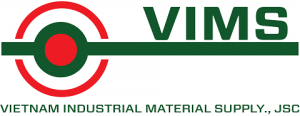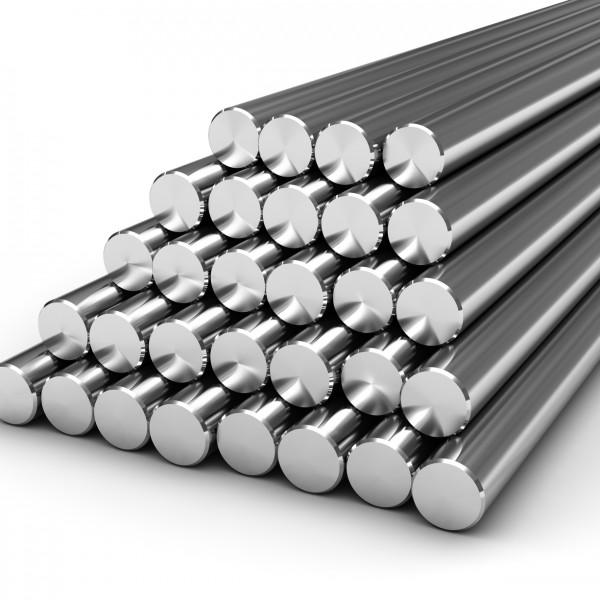Type 201 stainless steel strip coil (UNS S 20100) is a low nickel, high-work hardening, austenitic chromium-nickel-manganese stainless steel that was developed to conserve nickel. It does not harden with heat treatment but can be work hardened to high tensile strengths. This alloy is also often polished for cosmetic applications.
Type 301 (UNS S 30100) is an austenitic chromium-nickel strip coil stainless steel that can attain high tensile strength and ductility by cold-working.
Type 304 stainless steel rolled coil (UNS S 30400) is the most common austenitic chromium-nickel rolled coil stainless steel. It can be used in a multitude of applications.
Type 304L (UNS S30403) stainless steel strip coil has an extra-low carbon content and is a variation of Type 304. The low carbon content is necessary for welding applications where avoiding carbide precipitation is key. Additionally, due to the low carbon content, Type 304L has lower mechanical properties than Type 304.
Type 316L (UNS S31603) flat rolled coil stainless steel has an extra-low carbon content and is a variation of Type 316. The low carbon content is necessary for welding applications where avoiding carbide precipitation is key.
316/316L stainless steel flat rolled coil is mainly used in welding applications where corrosion resistance is a concern.
Type 409 Aluminized is a ferritic stainless steel that is dipped in an aluminum coating. This alloy was developed for car exhaust systems and therefore possesses great corrosion and oxidation resistance as well as superior formability properties.
Type 441 (UNS S44100) is a ferritic rolled coil stainless steel with a niobium (columbium) addition that has good oxidation and corrosion resistance, as well as good high-temperature strength. 441 is similar to AK Steel 18 Cr-Cb™.
441 rolled coil stainless steel is used mainly for high-temperature settings and corrosive environments, particularly automotive-exhaust system components.


Reviews
There are no reviews yet.